As people's interactions with the digital world become increasingly complex, enterprises must be vigilant about protecting networks and data. Recent shifts in how consumers, employees, and administrators access data from remote locations have created the need for an even more secure network environment.
Service Access Secure Edge (SASE) is a security service that enables organizations to securely access networks from any location while protecting against unauthorized access. By combining secure networking protocols with cloud-based technologies and state-of-the-art encryption methods, SASE offers an efficient way for companies to keep data safe.
With more and more services moving towards cloud-based deployments, SASE is becoming an increasingly crucial component of cybersecurity management, offering zero-trust access to cloud-based networks without installing hardware or software at each endpoint.
The basics of SASE and why it is important
SASE provides secure access to enterprise networks and data through an easily-managed remote solution. As more organizations move from in-house data centers to cloud-based solutions, traditional security protocols no longer offer sufficient protection for data.
Initially proposed by Gartner in 2019, SASE is a security-as-a-service technology package that helps companies extend existing security capabilities to protect their data better. The architecture provides an additional layer of security using a combination of cloud-based technologies, such as authentication and encryption, to protect cloud-based data from unauthorized access.
This extra layer of security is critical for businesses that rely on the cloud to deliver data and services to customers, partners, and employees. With recent trends like remote work placing increasing demand on digital resources, SASE provides organizations with a way to secure sensitive data while maintaining scalability.
The SASE security model encompasses multiple facets, which provide multiple layers of security to protect an organization's data.
Parts of the SASE model
The SASE model consists of four components: access control, network security, cloud security, and endpoint protection.
Access control is responsible for authenticating and authorizing users who access the network. This includes using multi-factor authentication to verify user identity before granting access to sensitive data. Like a VPN, SASE also utilizes encryption to protect data as it travels through the network.
Network security in the SASE model provides additional protections for data as it is transmitted, including leveraging advanced firewalls, intrusion prevention systems, and deep packet inspection to protect the network against malicious actors.
Network security also encompasses encryption for data in transit and at rest to protect sensitive information from unauthorized access. SASE models leverage encryption protocols like SSL/TLS and IPSec to prevent man-in-the-middle attacks and keep networks secure.
Cloud security describes the technologies and protocols used to protect cloud-based services such as web applications, databases, and software-as-a-service (SaaS) solutions. Cloud security in SASE models uses a combination of authentication, access control, and encryption to ensure that data stored in the cloud is secure and compliant with industry standards.
Endpoint protection secures end users’ laptops and mobile devices from malicious attacks. SASE endpoint protection uses antivirus software and application whitelisting to ensure that endpoints are secure and can only run authorized applications while monitoring for malicious activity.
How is SASE used?
Gartner originally proposed the Service Access Secure Edge model to address the ever-growing need for secure access to cloud-based networks against the backdrop of an increasingly mobile workforce and the need to securely access data from any location.
With the recent shifts in how people and organizations interact with data, the traditional security model that employs physical security measures like firewalls and intrusion detection systems, is no longer sufficient to protect against the current landscape of attacks.
SASE helps address these challenges by providing an additional layer of security for cloud-based networks. The SASE model can take different forms depending on an organization's needs, but a basic implementation is as follows:
An organization deploys SASE solutions at the perimeter of its network to authenticate and authorize users. These solutions include encryption for data-in-transit, while cloud-based solutions provide additional encryption for data-at-rest. The organization employs security solutions to protect end-users, including anti-virus software and application whitelisting, while also monitoring for malicious behavior.
The benefits of SASE for MSPs
Managed service providers (MSPs) have become essential to many organizations' IT infrastructure, providing end-to-end IT solutions and managed services. SASE offers several benefits for MSPs, including:
- Improved security for cloud-based networks: SASE helps MSPs protect their customers' data by encrypting data in transit and at rest, using multi-factor authentication for access control, and providing additional security solutions such as antivirus software and application whitelisting.
- Increased scalability: SASE provides an additional layer of security that scales with the organization, allowing MSPs to deploy additional security measures as clients' needs grow.
- Lower costs: Using SASE, MSPs can reduce infrastructure costs by eliminating the need for physical security systems and associated maintenance costs.
- Flexibility – SASE provides an easily configurable security solution tailored to each customer's needs.
Best practices for using SASE
The SASE model for cloud-based security addresses many of the traditional security challenges. Still, organizations should follow several best practices to get the most out of their SASE solutions:
- Utilize multi-factor authentication: Multi-factor authentication should be used to ensure that only authorized users can access the network.
- Develop a comprehensive security strategy: Organizations should develop a comprehensive security strategy that includes SASE solutions as part of the overall security posture.
- Leverage automation and outsourcing: Automation can help reduce the burden of managing security solutions, while outsourcing can provide additional expertise to help ensure network security.
- Monitor for malicious activity: The SASE model should be supplemented with tools for malicious activity, such as malware and phishing attempts.
- Leverage SASE to create zero-trust architecture networks: By utilizing SASE in conjunction with other security solutions, organizations can create zero-trust networks in which all access to the network is monitored, and users must authenticate themselves before being granted access.
How to get started with SASE
Organizations looking to implement SASE should work with a trusted partner to provide the necessary expertise and guidance. ConnectWise offers a comprehensive suite of products and services to help organizations secure their networks and ensure compliance with the latest laws and regulations.
In particular, ConnectWise’s SASE offering helps protect your team’s devices and data from potential threats, while also maintaining compliance. If you're interested in learning more about leveraging ConnectWise's suite of services, contact our team of experts and learn about the best security solutions for your organization today.
FAQs
Is SASE a firewall?
No, SASE is not a firewall. Secure Access Service Edge (SASE) is a cloud-based security service that encrypts data in transit and provides authentication services to secure access to the network.
How is SASE different from VPN?
SASE is more comprehensive than a Virtual Private Network (VPN). While a VPN provides a secure connection between two points, SASE provides authentication services, data encryption in transit and at rest, and application whitelisting.
Is SASE cloud-based?
Yes, SASE is a cloud-based security service that provides secure access to the network and encrypts data in transit. Organizations can also integrate the SASE model with existing on-premise security solutions.
Do I need additional security solutions in addition to SASE?
SASE should be viewed as part of a comprehensive security strategy. Therefore, it's crucial to leverage additional security solutions such as anti-malware and firewall technology to ensure a robust security posture. Additionally, organizations should monitor for malicious activity and implement policies such as multi-factor authentication.








